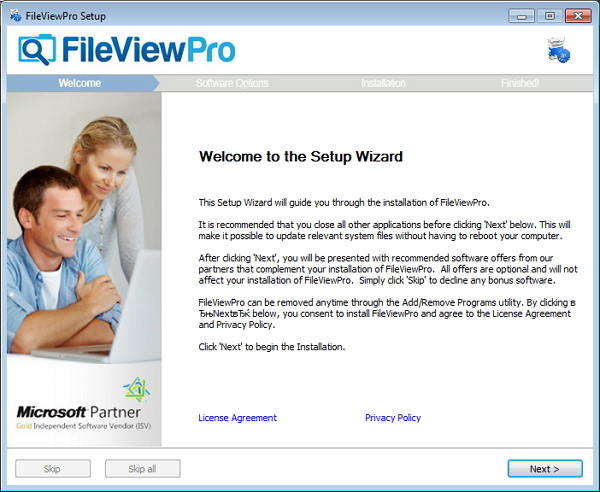Read SQL Files Anywhere with FileViewPro
페이지 정보
작성자 Jacqueline 작성일 24-12-18 23:28 조회 51 댓글 0본문
 The FileViewPro solution is a multi-capable program developed to make easier the process of loading, inspecting, and understanding an wide variety of file types, all within a consolidated, user-friendly interface. Among the wide array of file types it supports, this application particularly specializes in managing SQL files, establishing it an essential solution for anyone who regularly works on structured query language code, commands, or table designs.
The FileViewPro solution is a multi-capable program developed to make easier the process of loading, inspecting, and understanding an wide variety of file types, all within a consolidated, user-friendly interface. Among the wide array of file types it supports, this application particularly specializes in managing SQL files, establishing it an essential solution for anyone who regularly works on structured query language code, commands, or table designs.Conventionally, handling database command files has demanded a focused database application or complex coding suite. This frequently caused using various applications and navigating complicated setups just to view and review the data of a lone SQL doc. With FileViewPro, these difficulties are eliminated. Instead of searching online for a fitting add-on or downloading a heavy database management system, professionals can seamlessly view read SQL file command sets directly within FileViewPro.
The outcome is a smoother, more versatile working pattern that enables individuals to center on understanding and evaluating the material of their database commands rather than wrestling with complex obstacles. When handling structured query files, a frequent worry is ensuring that the file format, operations, and relationships are faithfully reflected. Structured query documents can contain a wide range of commands, from elementary data-selection instructions to intricate triggers and triggers.
Without the suitable applications, examining such materials can be difficult. The application addresses this problem by providing clear, readable presentation and an easy-to-navigate environment that keeps the script’s layout. By enabling one to quickly move through commands, find commentary, and tell apart between different blocks of code, the application helps keep the document authentic and readability. Whether a user is a data manager who needs to promptly review a archival SQL doc or a technical specialist inspecting a peer’s work-in-progress query, our application displays the code in a way that respects its native structure, ensuring no key elements are overlooked.
A key advantage of using FileViewPro to handle database scripts comes from its ease. The program was crafted with the ease of use in mind, making it straightforward so that even those who are not experienced tech experts can access SQL code comfortably. By integrating handling for many different document categories—including SQL—under one interface, the program eliminates the demand to install multiple specialized programs. There is no longer a requirement to master the details of a complex database tool just to check a database script.
Instead, with a short sequence, the software displays the script, letting you browse its content and identify the needed portion of SQL logic or query you are looking for. This customer-oriented strategy has improved the way many experts work, drastically reducing the onboarding challenge and time invested in preparing environments. Moreover, FileViewPro’s compatibility with an array of file types beyond SQL is a significant benefit for those operating within rapidly evolving data landscapes.
In many instances, SQL-format scripts do not exist in isolation; they are part of a larger enterprise or process that involves documents, spreadsheets, media files, and more.
댓글목록 0
등록된 댓글이 없습니다.
